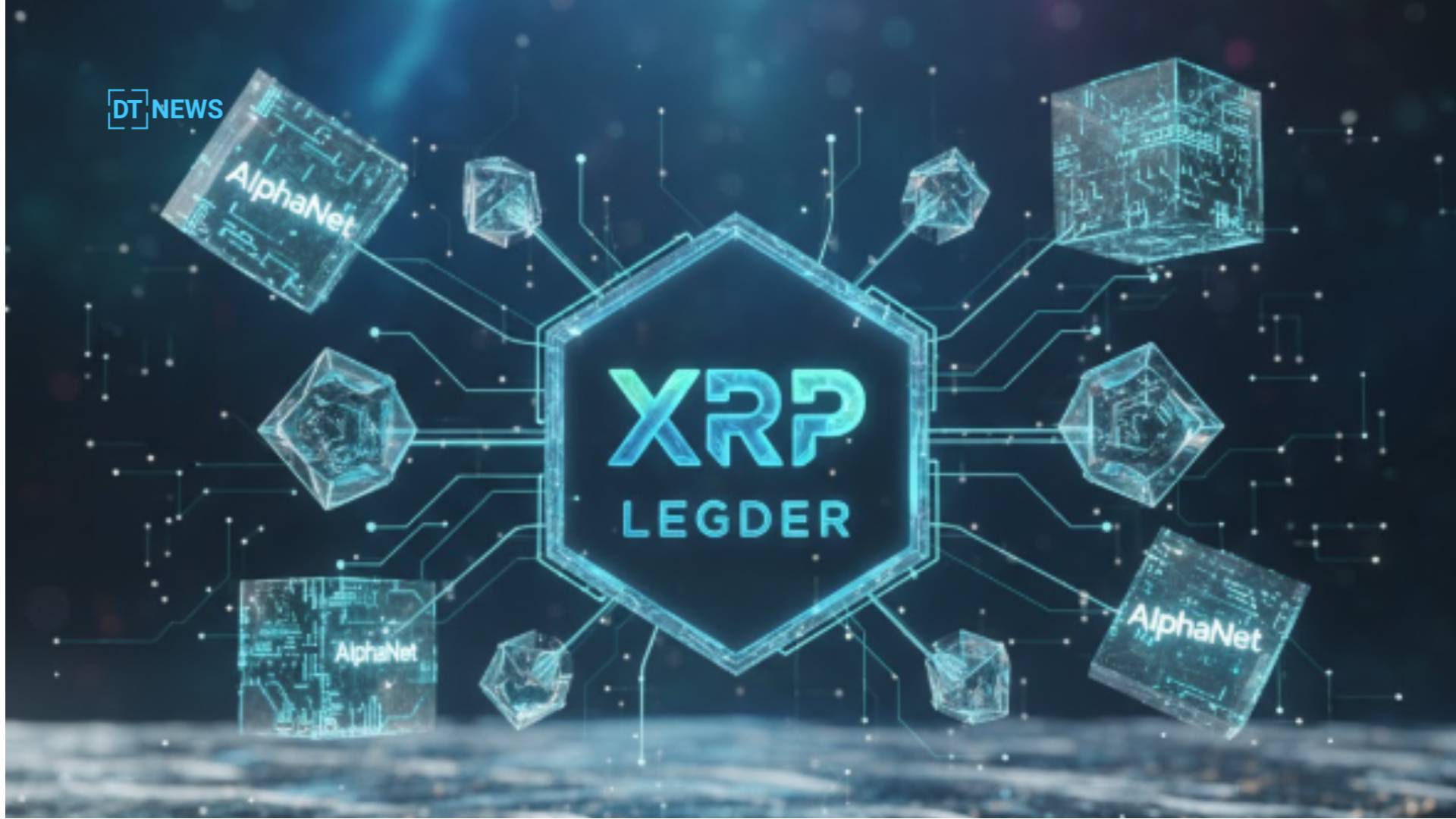The XRP Ledger (XRPL) entered a new phase as native smart contracts became available on AlphaNet, a development network designed for rapid iteration. This milestone moves programmability from outside experiments to the core protocol, inviting builders to test applications that interact directly with payments, the built in DEX, escrow, and NFTs. Early guidance outlines a WebAssembly runtime and new transaction types that let contracts call ledger functions without workarounds.
What Changed Under the Hood
The design relies on pseudo accounts that host contract code rather than keys controlled by users. Developers deploy bytecode with a ContractCreate transaction and trigger logic with ContractCall, while ContractModify supports upgrades within defined parameters.
Because contracts can emit standard ledger transactions, they can mint NFTs, settle payments, or place offers on the DEX from inside the code. The approach keeps XRPL efficiency while adding expressive logic that developers expect from modern platforms.
Why It Matters For Builders
For years the ledger delivered speed, low fees, and reliability, yet complex logic often lived off chain or on separate networks. AlphaNet brings those ideas home. Teams can prototype lending, automated market makers, governance modules, gaming economies, and marketplace tools while using XRPL consensus and liquidity rails. It reduces architectural friction for projects that wanted native settlement plus custom logic, and it gives the community a controlled venue to battle test assumptions before adoption.
Developer Experience Today
The early toolchain focuses on familiar patterns. Contracts target WASM, so languages that compile to WASM are in play. Interfaces follow EVM-style mental models without forcing full EVM replication, which aids onboarding. Connection details for RPC and faucets are available, and explorers track AlphaNet activity so teams can verify deploys and calls. The objective is clear: shorten the path from idea to on-chain experiment, then gather feedback that informs the final amendment process.
Market Context And Indicators
This release lands during a broader race to make base layers more programmable. For coverage readers, the relevant indicators to track are adoption and durability. Watch daily active addresses on test networks, contract deployment counts, and transaction success rates as quality signals. Track total value locked where available, automated market maker depth, and on-chain volume to gauge utility.
Follow developer traction through repository commits, SDK downloads, and ecosystem grants. Combine those data points with fee stability and uptime to evaluate progress.
Governance And The Path To Mainnet
AlphaNet is a proving ground rather than a production switch. Any mainnet change would flow through the amendment process, which requires specification maturity, shipping in stable server releases, and validator approval thresholds over time. Until then, live testing on AlphaNet is how the community hardens assumptions, closes edge cases, and tunes performance. Teams that care about mainnet timelines can help by publishing open test reports, reproducible examples, and risk notes.
Competitive Lens
The ledger has supported payments and a built in DEX for years. With native contracts in the mix, XRPL positions itself to host end to end applications that settle quickly and do not rely on external chains. The blend of efficient transactions with expressive code is the strategic draw. If execution quality stays high and tooling remains approachable, the network could capture new categories in DeFi, tokenization, and digital commerce.
Conclusion
AlphaNet smart contracts mark a practical step toward broader utility for XRP. The door is open for experiments that align with the network strengths while expanding what developers can build. Results on test infrastructure will shape the production proposal, and clear metrics will tell the story. For now, builders have a live playground and a simple mandate: try real use cases, measure outcomes, and share findings that lift the whole ecosystem.
Frequently Asked Questions
What is AlphaNet, and why is it not on the mainnet yet?
AlphaNet is a development-focused network for rapid testing. Mainnet activation would require the amendment process with validator approval and production-grade implementations.
Do contracts use EVM or something else?
Contracts follow familiar EVM style patterns for onboarding but execute in a WebAssembly runtime that integrates with XRPL features.
How do contracts interact with native features like the DEX?
Contracts can emit standard XRPL transactions from within code, enabling actions such as payments, offers, and NFT operations.
What signals should analysts watch next?
Deployment counts, success rates, activity on explorers, and developer traction, alongside governance milestones in the amendment process.
Glossary of Key Terms
AlphaNet
A development network used to test features before any mainnet proposal.
Amendment
XRPL’s governance mechanism for enabling new protocol features once validators reach required thresholds.
ContractCall / ContractCreate / ContractModify
New transaction types used to trigger, deploy, and manage XRPL smart contracts.
Pseudo Account
A special account that hosts contract code rather than user controlled keys.
WASM
WebAssembly, a portable binary format used here as the contract execution runtime.
DEX
The built in decentralized exchange that allows offers and swaps on the ledger.



















































































































